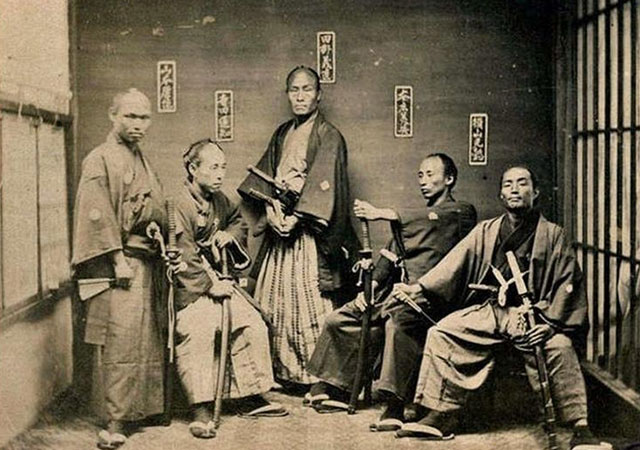
From the old Japanese language, the word samurai means the following: to serve a high-ranking person, to protect the master, to serve the master. The hieroglyph for the word samurai was borrowed from Chinese and reads as "Ji". In the Chinese language, this hieroglyph refers to the people guarding Buddhist temples. Also, to denote the word samurai, the hieroglyph "bushi" is used. The character means a warrior, a fighter.
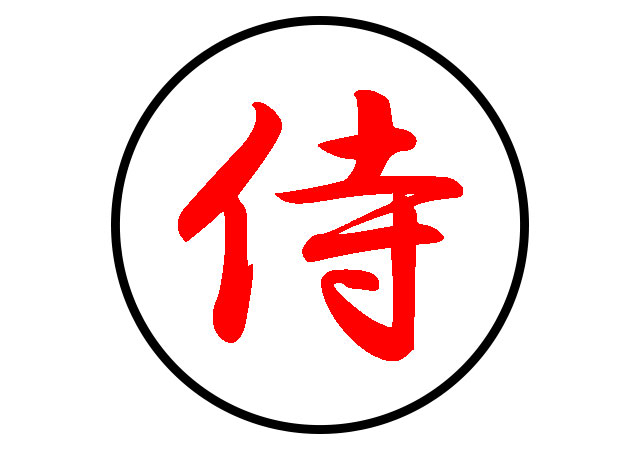
In Japan, the samurai originated as a military class in the 7th – 8th centuries. During this period, Emperor Kotoku got into power and gave birth to the feudalism development in Japan. Kotoku's reforms caused the emergence of large landowners and peasant revolts.
After the Kotoku's feudal reforms, peasant revolts became usual as they lost their rights to own land and were taxed heavily. In protest, many peasants began to leave their lands. Over time, the runaway peasants began to be called "ronins", which literally translates as vagrants.
Many ronins gathered in gangs, robbed roads, attacked feudal estates, or went to serve the feudal lords. Since many feudal lords feared peasant revolts, they stopped giving weapons to peasants who were liable for military service. Therefore, a decree abolishing military service was issued in 792. However, the feudal lords needed to protect their possessions from bandits, peasant revolts, and neighbors so they willingly began to take ronins into service. This caused the formation of a new military class of samurai that was not engaged in the production of material goods.
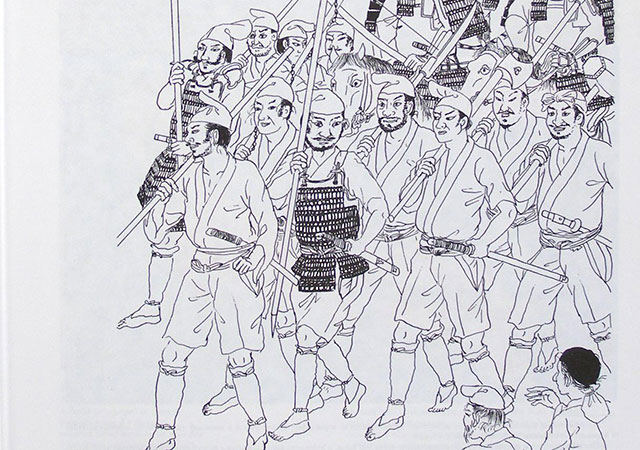
By the 10th century, the samurai class entered a new stage of development. Small landowners who did not manage to get or seize new lands were unable to defend themselves against the arbitrariness of the administration, peasant gangs, or neighbors. Therefore, they were forced to become vassals of larger feudal lords able to protect them. In return, they undertook to be engaged in military service for their suzerains, thus forming armed units. Over time, the militiamen transformed into a new type of samurai, armed servants, who, for loyal service, got housing and food, and sometimes land plots with peasant farms.
The long war with the Ainu people in the northeast, descendants of the oldest tribe in the Japanese Islands, also had a significant impact on how the samurai emerged. The border areas with the Ainu people attracted the boldest runaway peasants as they could get new lands there. For this purpose, they united into detachments and were constantly on alert. Gradually, the government started encouraging the landless peasants’ resettlement to the north and armed them since they were more efficient in the war with the Ainu people than periodic military expeditions.
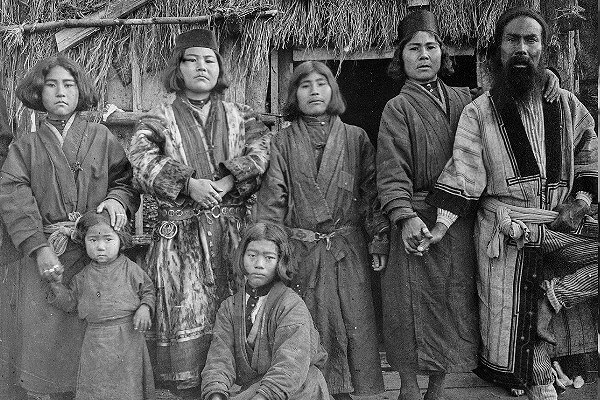
The armed settlers in the north eventually evolved into a new military class of samurai. The war with the Ainu people not only contributed to the samurai emergence in the north but also influenced their traditions. Thus, the samurai adopted the hara-kiri rite from the Ainu people. This way, the samurai class formation was influenced by both the feudal system development and the war with the Ainu people in the northeast.
See also
-
Abolition of the Samurai Estate
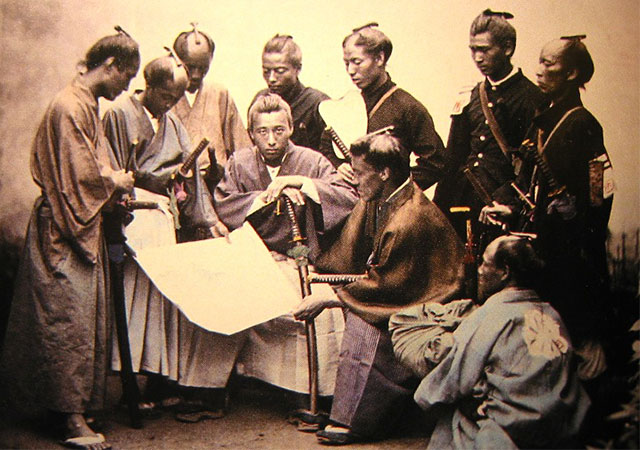
After the Tokugawa regime fell in 1869, the new imperial government of Japan began introducing bourgeois economic and political reforms. They first struck at the feudal system and the samurai estate, forcing the large feudal lords to relinquish their old rights in controlling clans.
-
The Fall of the Samurai Age
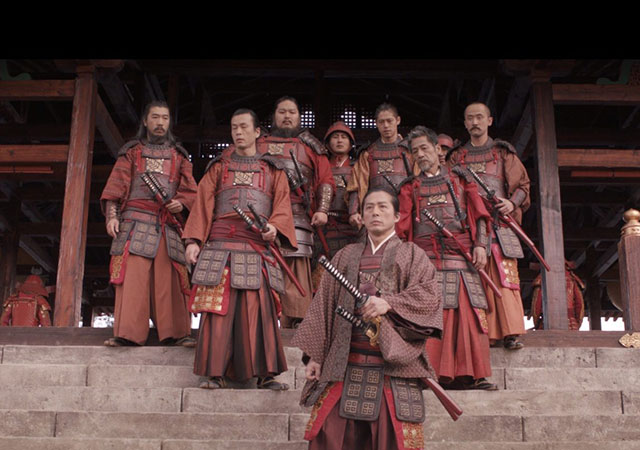
By the beginning of the 18th century, Japan had a strong centralized government led by the Tokugawa Clan. Thereby, military conflicts between feudal lords were over and economic reforms resulted in the start of capitalism development.
-
The Rise of Samurai in Japan

In 1603, the head of the Tokugawa Clan proclaimed himself shogun, thus starting the rule of the clan in Japan. Having set up a complete military dictatorship of the samurai by the 17th century, the Tokugawa Clan managed to completely centralize and augment its authority.
-
The Emergence of the Samurai as a Military Estate
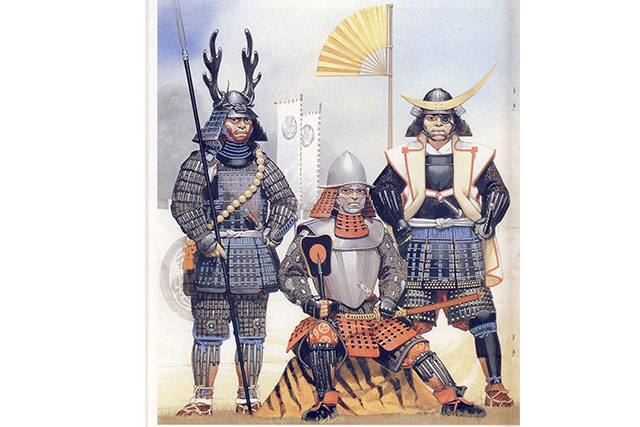
Feudal fragmentation, internecine war, and power struggles between large feudal lords resulted in the fact that, by the 12th century, the samurai finally consolidated themselves as a military class.
Read more: The Emergence of the Samurai as a Military Estate

